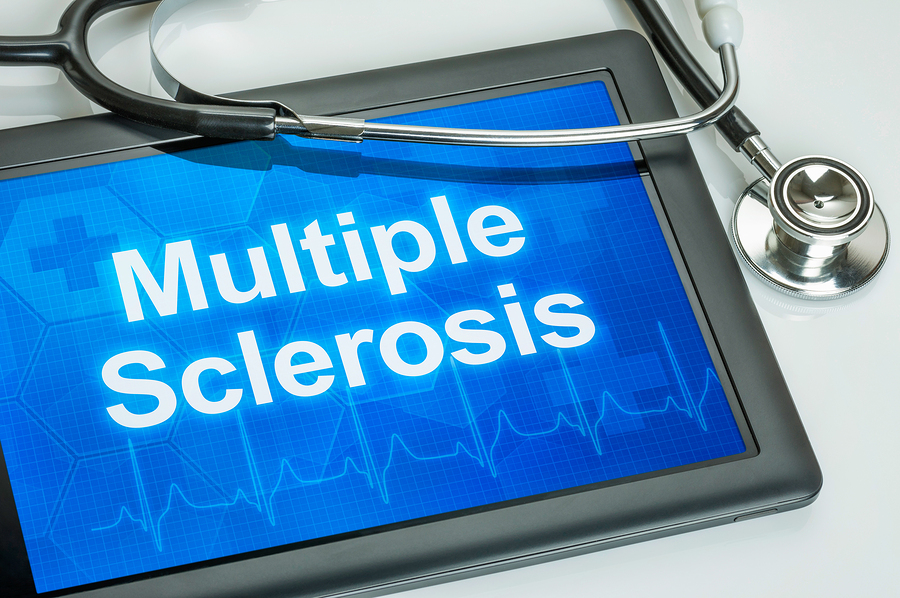Biogen Accused of Price Gouging for New MS Drug
/By Pat Anson, PNN Editor
FDA approval of a new multiple sclerosis (MS) drug has resulted in a big payoff for one company and sharp criticism from a patient advocacy group.
Last month the FDA approved Vumerity (diroximel fumarate) for the treatment of relapsing-remitting and secondary-progressive MS, as well as management of clinically isolated syndrome (CIS), neurologic symptoms that can be an early sign of MS — a chronic and progressive disease that attacks the body’s central nervous system.
Vumerity was jointly developed by Biogen and Alkermes. Under the terms of their operating agreement, FDA approval triggered a clause in which Biogen paid Alkermes $150 million for the worldwide commercial rights to Vulmerity, along with a share of future royalties.
Biogen said it would account for the Alkermes payment by amortizing its cost “over the expected useful life of the product.” It then announced the price of Vumerity – at a wholesale acquisition cost (WAC) in the U.S. of $88,000 per year. Biogen claimed that was “the lowest annual WAC price for oral MS disease-modifying therapies.”
MS drugs are notoriously expensive, but the $88,000 price tag for Vumerity brought a rare rebuke from the National Multiple Sclerosis Society, which released a statement that basically accused Biogen of price gouging.
“Vumerity is an efficacious and tolerable treatment option for people with relapsing MS, but being priced only $500 lower than the least expensive oral disease modifying treatment, does not show the commitment to affordable access that we had hoped,” said Bari Talente, executive vice president of advocacy for the National MS Society.
“We know that high wholesale acquisition cost (WAC) prices for MS disease modifying treatments put a heavy burden on people with MS. Too many are forced to take on high out-of-pocket costs, navigate through complex systems, and face varied and unpredictable decisions by public and private payers and pharmacy benefit managers.”
The statement points out Biogen has steadily escalated the price of another MS product, Tecfidera, by $40,000 since its launch in 2013. A year’s worth of treatment with Tecfidera now costs nearly $95,000.
“We urge Biogen to publicly commit to keeping price increases lower than the rate of inflation,” Talente said.
A recent study found that prices of several MS drugs have soared over the past decade, to an average of nearly $76,000 per patient annually.
“The pharmaceutical and biotechnology industries claim that the high prices reflect the expense of research and development and need to incentivize continued innovation. These claims are never backed up with transparent data,” said Daniel Hartung, PharmD, and Dennis Bourdette, MD, in an editorial in JAMA Neurology. “These drugs have long since recouped any cost of drug development, yet their prices have continued to rise.
“What is driving this increase is uncertain. However, the simplest explanation is that pharmaceutical and biotechnology companies increase prices because they can, they do it to increase their profit margins, and there are few limits on what they can charge.”
Biogen Involved in Illegal Co-Pay Charity
Biogen is one of three companies accused by federal prosecutors of paying a Florida-based charity to operate an illegal co-pay assistance program that helped Medicare patients buy high-priced MS drugs. The payments are considered kickbacks under a federal law that prohibits companies from subsidizing Medicare patients.
In a settlement announced Wednesday, The Assistance Fund (TAF) agreed to pay $4 million to resolve claims that it acted as a conduit for kickbacks from Biogen, Novartis and Teva Pharmaceuticals.
“Pharmaceutical companies and foundations cannot undermine the Medicare program through the use of kickbacks disguised as routine charitable donations. TAF operated as a vehicle for specific pharmaceutical companies to pay kickbacks at the ultimate expense of the American taxpayers who support the Medicare program,” said U.S. Attorney Andrew Lelling.
The DOJ has been cracking down on co-pay charities and the companies that fund them. Over $840 million in fines and penalties have been collected from eight pharmaceutical companies (United Therapeutics, Pfizer, Actelion, Jazz, Lundbeck, Alexion, Astellas and Amgen) to resolve allegations that they used third-party foundations to funnel kickbacks to patients.
























